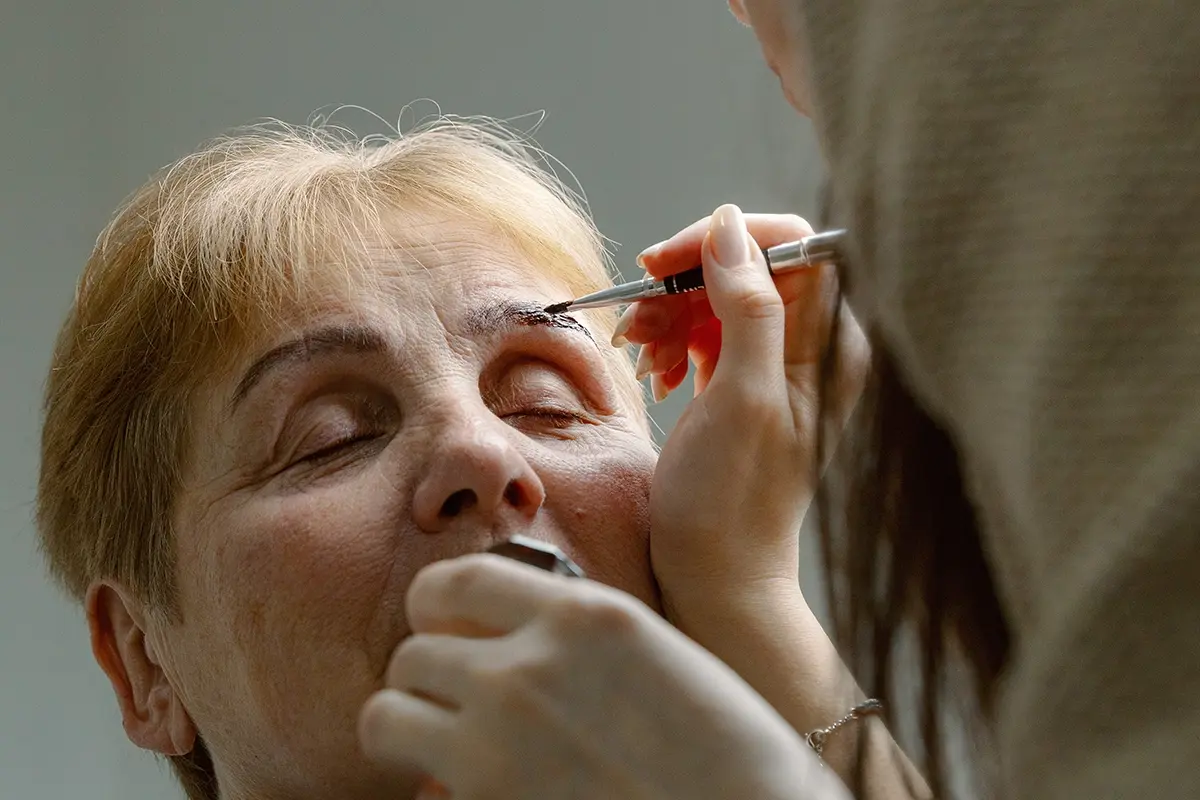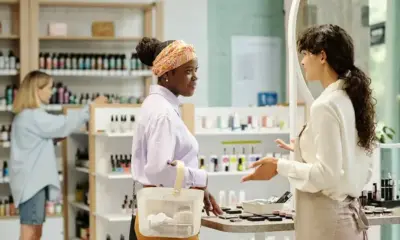Makeup & Cosmetic
Is There an Age Restriction for Semi-Permanent Makeup?

Nez Hasan, is a respected semi-permanent makeup artist with nearly a decade of experience in the beauty industry. She is passionate about enhancing natural beauty and provides a variety of treatments to an international clientele.
When searching for ‘semi-permanent makeup’ on Instagram, it’s evident that most featured clients are under 30, often showcasing glass-like skin. To address this, I’ve made it a priority to regularly share my semi-permanent makeup work on mature skin, highlighting the impressive transformations that can be achieved.
Beauty knows no age; everyone wants to look and feel their best. For mature women, semi-permanent makeup (SPMU) can serve as a viable alternative to surgery or fillers for anti-aging. As we age, we tend to lose hair in our brows and lashes, as well as volume and color in our lips.
For these reasons, semi-permanent makeup is an excellent choice for mature women to incorporate into their beauty routines. Over the years, many of my clients have chosen to invest in SPMU treatments for both their brows and lips after seeing the transformative results in my before-and-after images once the treatments have healed.
When applied correctly, SPMU can take years off your appearance by providing a natural lift to your brows, enhancing eye definition, and giving your lips a youthful, rosy tint.
So, is there an age limit for receiving semi-permanent makeup? My answer is no. One of my clients, at 86 years old, looked amazing with her new light-feathered brows and youthful lip blush.
To achieve optimal SPMU results on mature skin, there are several considerations to keep in mind when working with mature clients.
When I work with clients over 50, I always explain that the skin around their brows is thinner than the rest of their skin, and these changes become more pronounced with age. Thinner skin is more susceptible to bleeding during treatments like microblading, and clients may experience more swelling during procedures such as lash liner treatments or bruising with lip blush applications. It’s essential to reassure them that these reactions are perfectly normal.
Since mature skin is often more sensitive, treatments must be executed with slow and gentle movements tailored to each client. If a specific technique isn’t yielding good results, it may be necessary to switch methods or tools or wait for any sensitivity to subside before continuing.
Microblading is generally not suitable for very mature skin. Many of my clients in this category tend to bleed more during the procedure, making it difficult to stretch the skin, which is crucial for creating defined brows. This can lead to challenges in achieving precise hair strokes and may result in a wrinkled appearance once healed.
Additionally, microblading can change the tone of the healed brows, often shifting from a deep ash to a solid block of grey. This occurs because increased bleeding spreads the pigment beneath the skin, leading to less visible strokes. If a client insists on microblading, I recommend trying a few gentle strokes first. If it proves unsuitable, I advise switching to Powder Brows instead. This technique utilizes a single-point needle to create a shaded effect, with a darker tail fading into a lighter front, mimicking a soft ombre look. A few strokes can be added at the front where the skin is thicker for a fluffier brow appearance.
For these reasons, I typically recommend the Powder Brows treatment for mature skin. The healed results from Powder Brows are often my favorite: a soft, natural look with better color retention and less downtime compared to microblading. By applying different SPMU techniques and methods tailored to mature skin, you can provide clients with the desired outcome and a more comfortable experience.
Before starting the procedure, a few essential steps should be taken.
Pre-care and aftercare are critical, including reviewing any significant medical history that may impact the treatment. For instance, clients on blood-thinning medication must take a two-week break before their appointment to ensure optimal results.
Most mature skin is prone to pigmentation; therefore, clients should avoid sun exposure before and after treatment.
It’s also crucial to discuss the desired pigment tone for the brows once healed. For clients with silver hair, I would suggest a golden tone for Powder Brows, opting for the lightest shade since mature skin absorbs pigment more than younger skin and heals darker. Conversely, if a client has dark brows and hair, I might use a slightly lighter tone, adjusting with a darker shade during the top-up if necessary.
In conclusion, semi-permanent makeup is an excellent way to enhance natural beauty, and there is no age limit when it comes to wanting to feel good as we grow older. The key is to approach SPMU treatments thoughtfully and provide clients with the best options tailored to their individual skin needs.microblading, mature skin, Insight, Nez Hasan, semi-permanent makeup





















